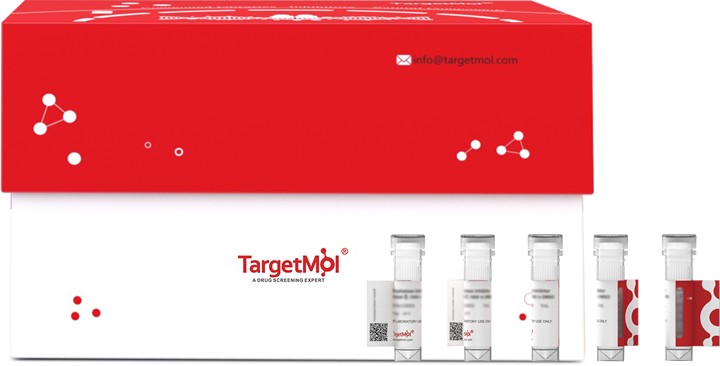Shopping Cart
- Remove All
 Your shopping cart is currently empty
Your shopping cart is currently empty

Dectin-2 Protein, Human, Recombinant (His) is expressed in HEK293 Cells. The accession number is Q6EIG7-1.

| Pack Size | Price | Availability | Quantity |
|---|---|---|---|
| 100 μg | $588 | Backorder | |
| 1 mg | $3,880 | Backorder |
| Biological Activity | Activity testing is in progress. It is theoretically active, but we cannot guarantee it. If you require protein activity, we recommend choosing the eukaryotic expression version first. |
| Description | Dectin-2 Protein, Human, Recombinant (His) is expressed in HEK293 Cells. The accession number is Q6EIG7-1. |
| Species | Human |
| Expression System | HEK293 Cells |
| Tag | C-His |
| Accession Number | Q6EIG7-1 |
| Synonyms | hDECTIN-2,dectin-2,DECTIN2,CLECSF10,CLEC4N |
| Construction | A DNA sequence encoding the Human CLEC6A (NP_001007034) (Thr42-Leu209) was expressed with a polyhistidine tag at the C-terminus. |
| Protein Purity | ≥ 90% as determined by SDS-PAGE. |
| Molecular Weight | 20.89 kDa (predicted); 22.6 kDa (reducing contition) |
| Endotoxin | < 1.0 EU per μg protein as determined by the LAL method. |
| Formulation | Lyophilized from sterile PBS, 0.1 M Arg, pH 7.4. Please contact us for any concerns or special requirements. Normally 5 % - 8 % trehalose, mannitol and 0.01% Tween 80 are added as protectants before lyophilization. Please refer to the specific buffer information in the hardcopy of datasheet or the lot-specific COA. |
| Reconstitution | Please refer to the lot-specific COA. |
| Stability & Storage | It is recommended to store recombinant proteins at -20°C to -80°C for future use. Lyophilized powders can be stably stored for over 12 months, while liquid products can be stored for 6-12 months at -80°C. For reconstituted protein solutions, the solution can be stored at -20°C to -80°C for at least 3 months. Please avoid multiple freeze-thaw cycles and store products in aliquots. |
| Shipping | In general, Lyophilized powders are shipping with blue ice. |
| Research Background | C-type lectin domain family 4 member N (CLEC4N), also known as Dectin-2, is a C-type lectin expressed by dendritic cells (DCs) and macrophages. Members of the C-type lectin domain (CTLD) superfamily are metazoan proteins functionally important in glycoprotein metabolism, mechanisms of multicellular integration and immunity. They share a common fold and are involved in a variety of functions, such as generalized defense mechanisms against foreign agents, discrimination between healthy and pathogen-infected cells, and endocytosis and blood coagulation. Genome-level studies on human, elegans and melanogaster demonstrated almost complete divergence among invertebrate and mammalian families of CTLD-containing proteins (CTLDcps). The vertebrate CTLDcp family was essentially formed early in vertebrate evolution and is completely different from the invertebrate families. The composition of the CTLDcp superfamily in fish and mammals suggests that large scale duplication events played an important role in the evolution of vertebrates. Dectin-2 is important in host defense against C. albicans by inducing Th17 cell differentiation. Dectin-2 constitutes a major fungal pattern recognition receptor (PRR) that can couple to the Syk-CARD9 innate signaling pathway to activate DCs and regulate adaptive immune responses to fungal infection. |

Copyright © 2015-2025 TargetMol Chemicals Inc. All Rights Reserved.